Questions to analyze narrative texts
The form
- What is this novel or short story about?
- Is this an autobiographical text? If so, defend your answer.
- What is the chronology of the novel or short story?
- Whose story is it?
- What is the basic conflict?
- What are the characteristics of the narrative voice(s)?
- Who is the Focalizer (the eye who sees)?
The Content
- Why did the author write the novel or short story?
- What is the social-cultural-political or historical context of the novel or short story?
- How are sexual/gender roles assigned?
- How does the novel or short story deal with issues of nationalism and identity?
- Does the novel or short story subvert, revise questions or validate the official historical versions?
- What is the ideology of the text you read?
- What did you learn about Latin American society by reading this text?
- Compare or contrast the people and world portrayed in the reading with life in your own society
- Who is the "Other"?
- Why do we keep on reading the story?
Prof. John S. Brushwood designed this list. I have modified to fit this course goals and objectives. MM
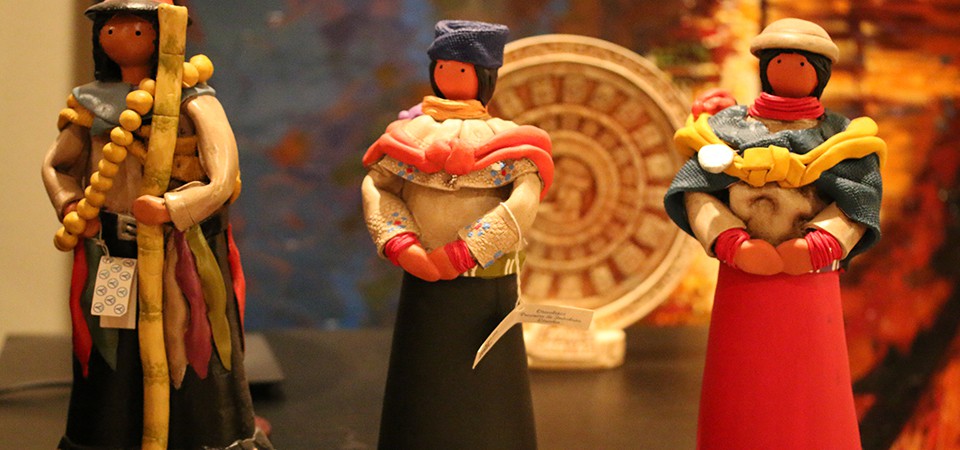
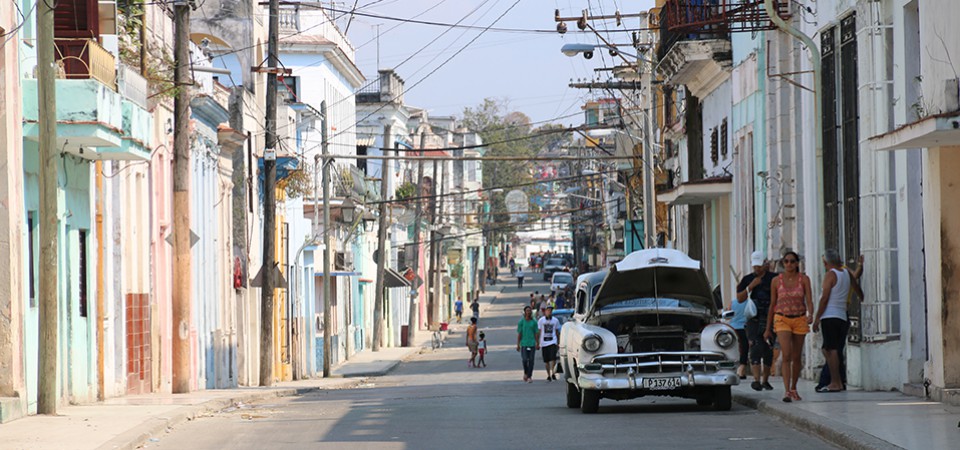
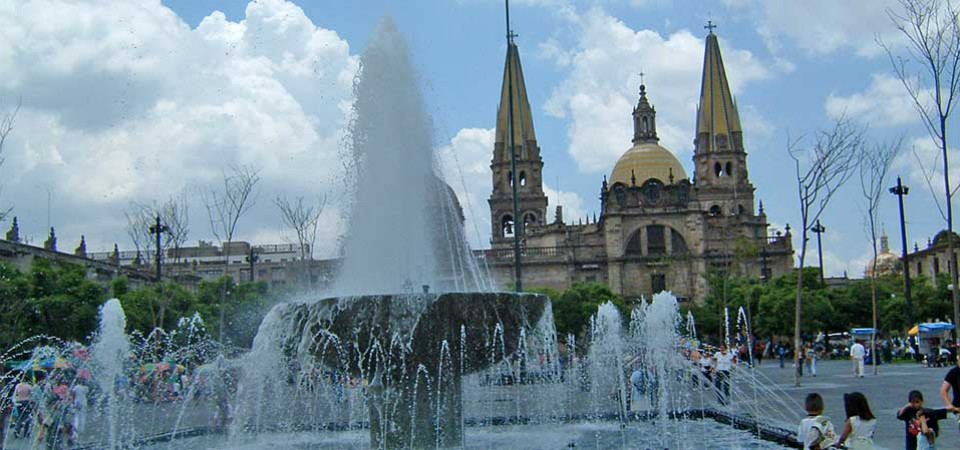
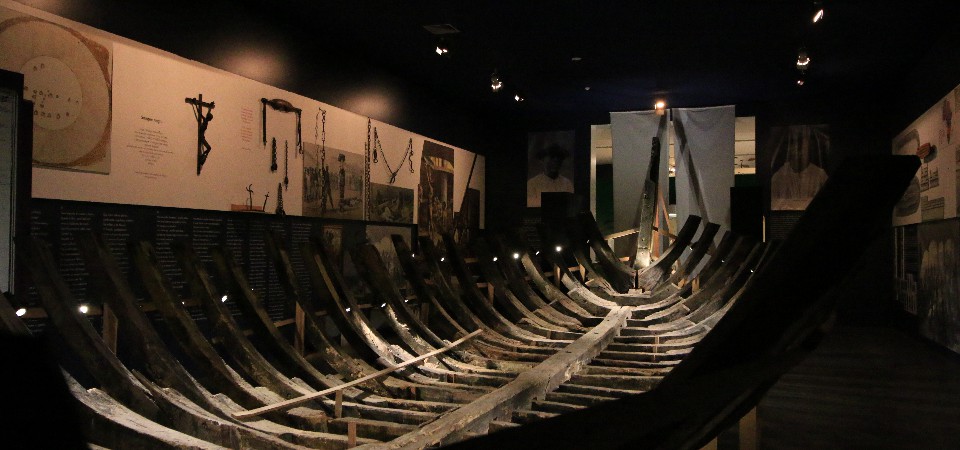
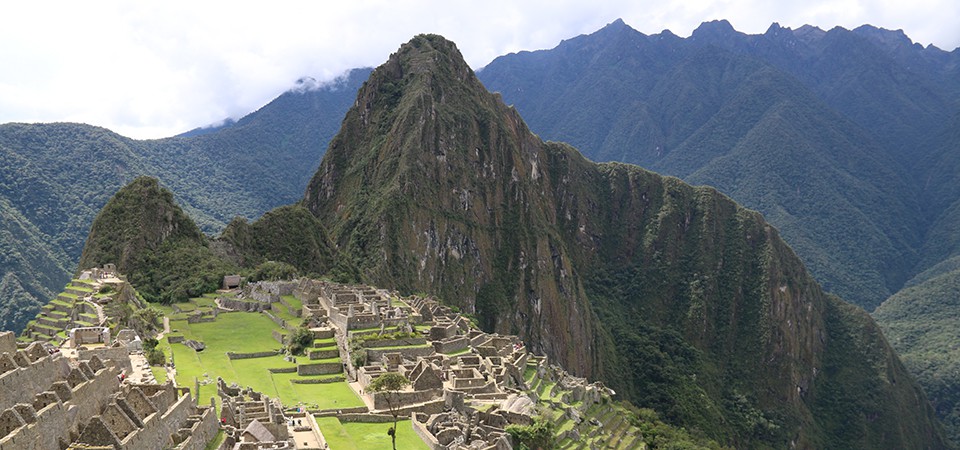
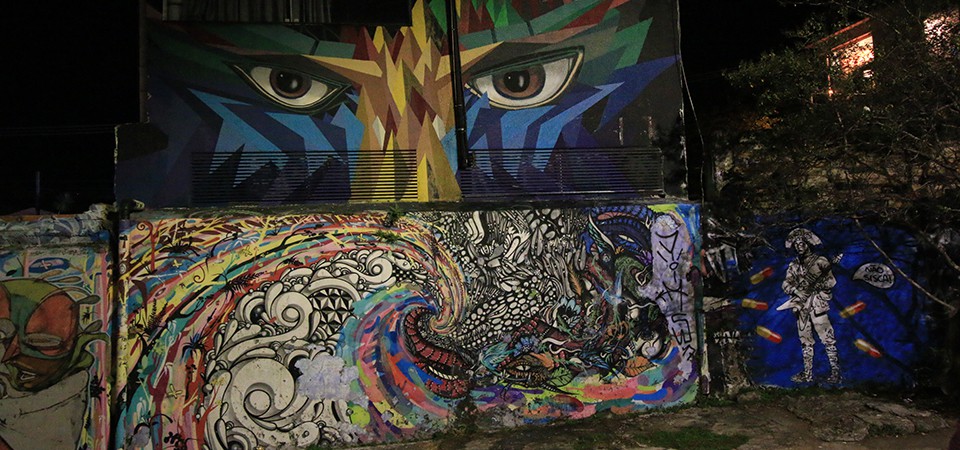
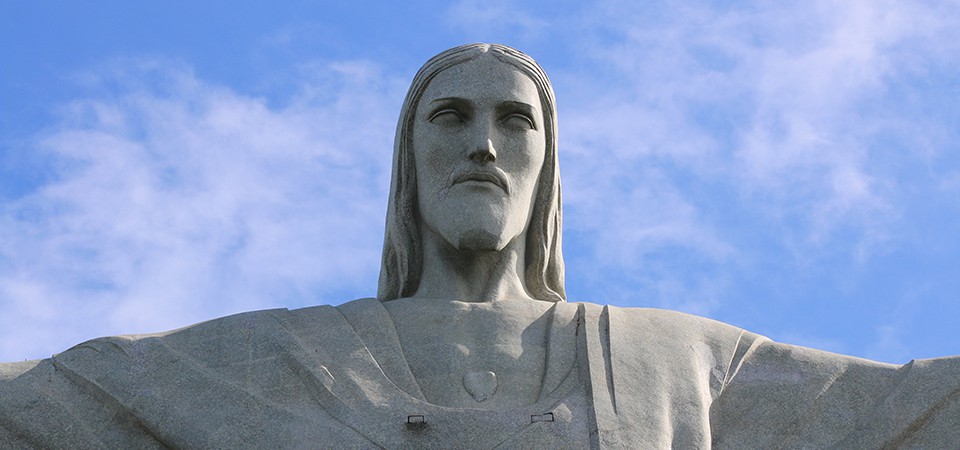
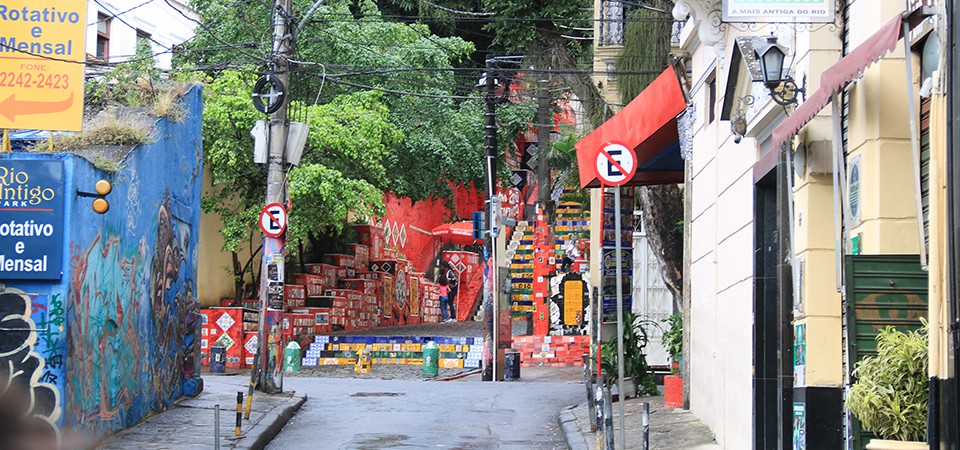
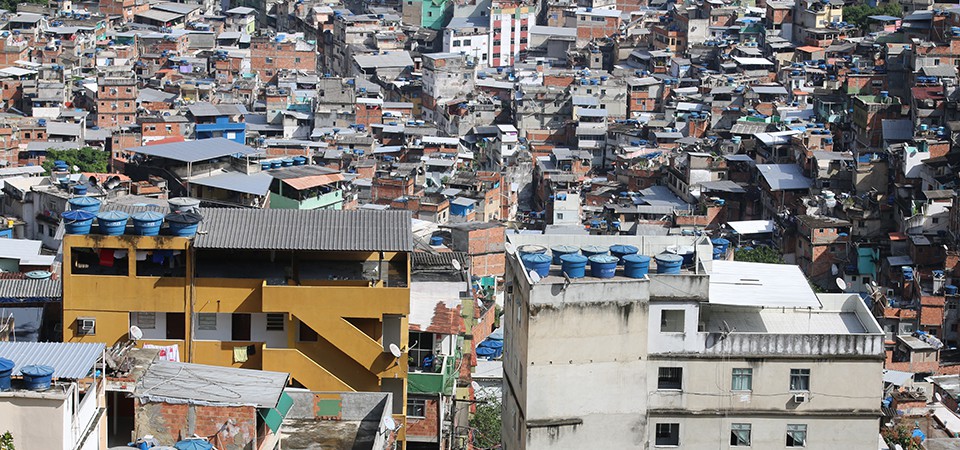
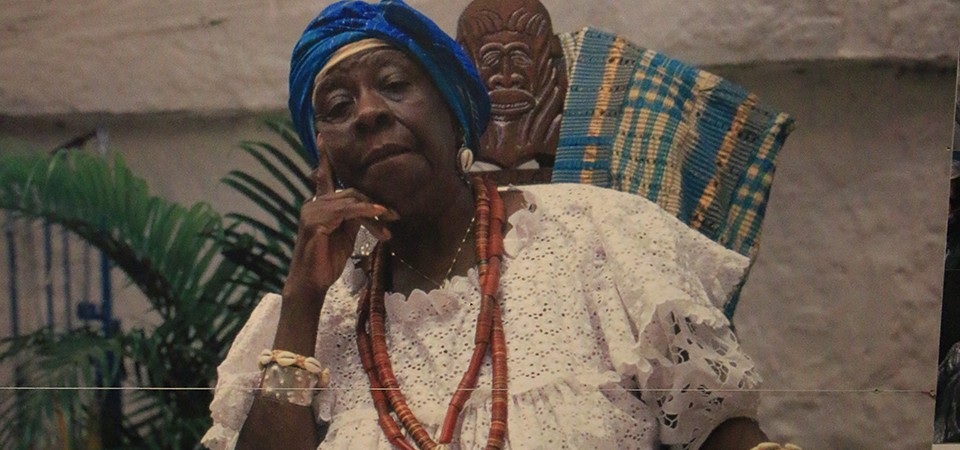
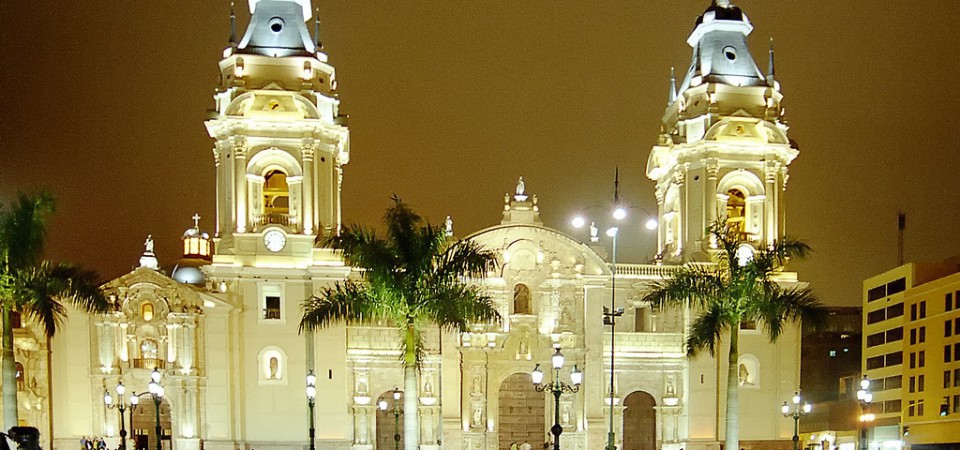
 1
1 2
2 3
3 4
4 5
5 6
6 7
7 8
8 9
9 10
10 11
11